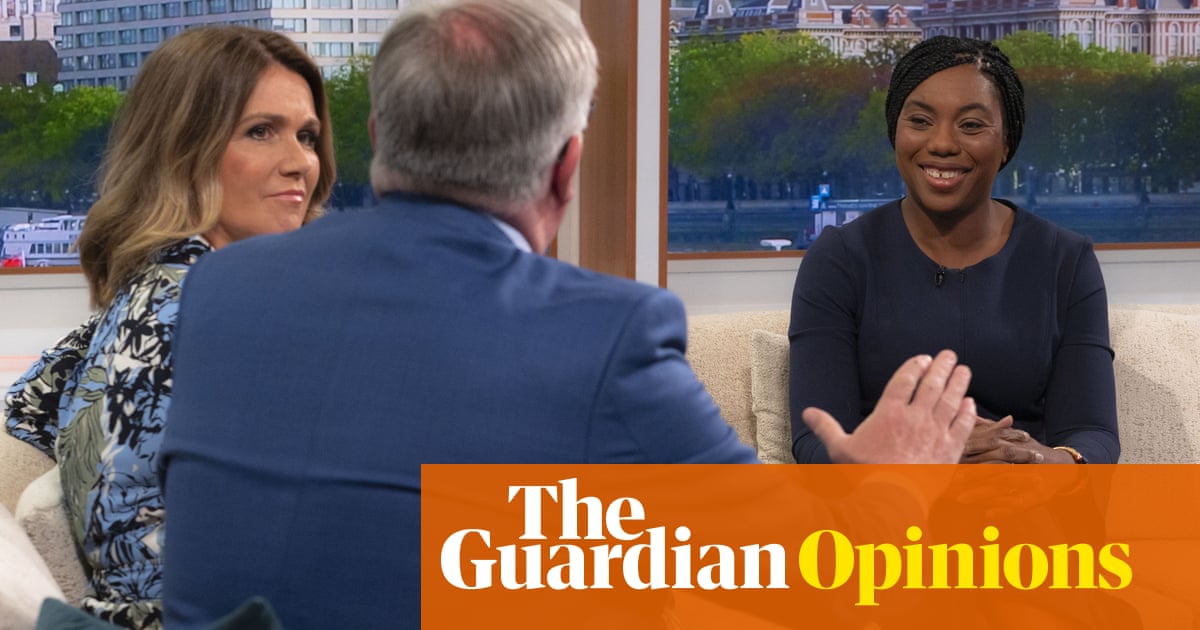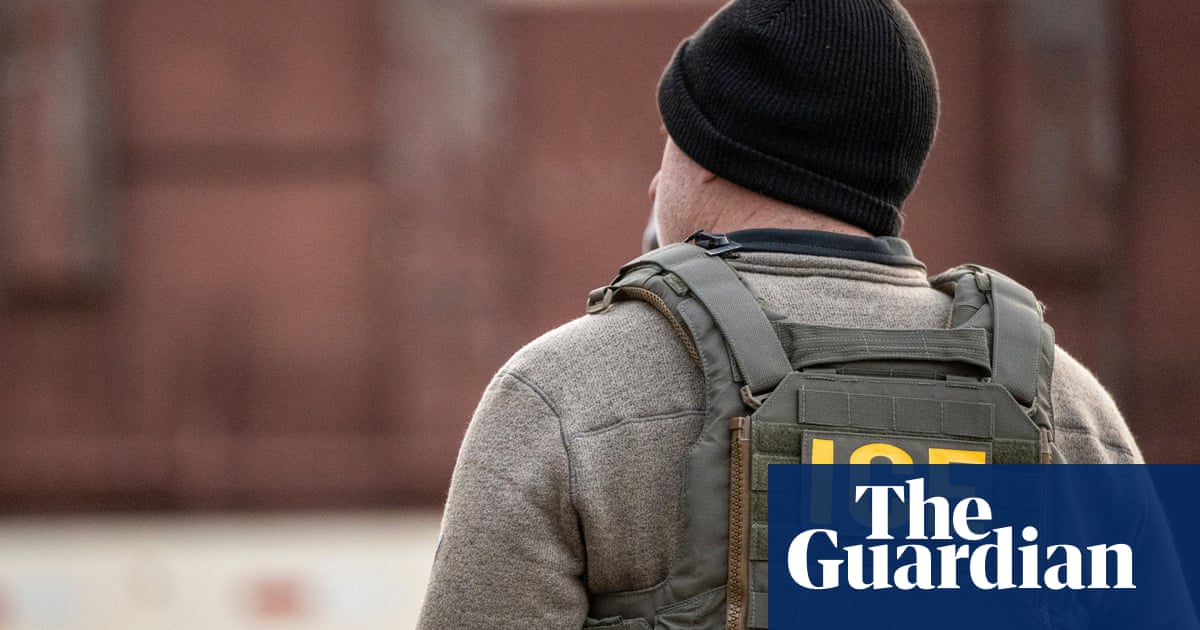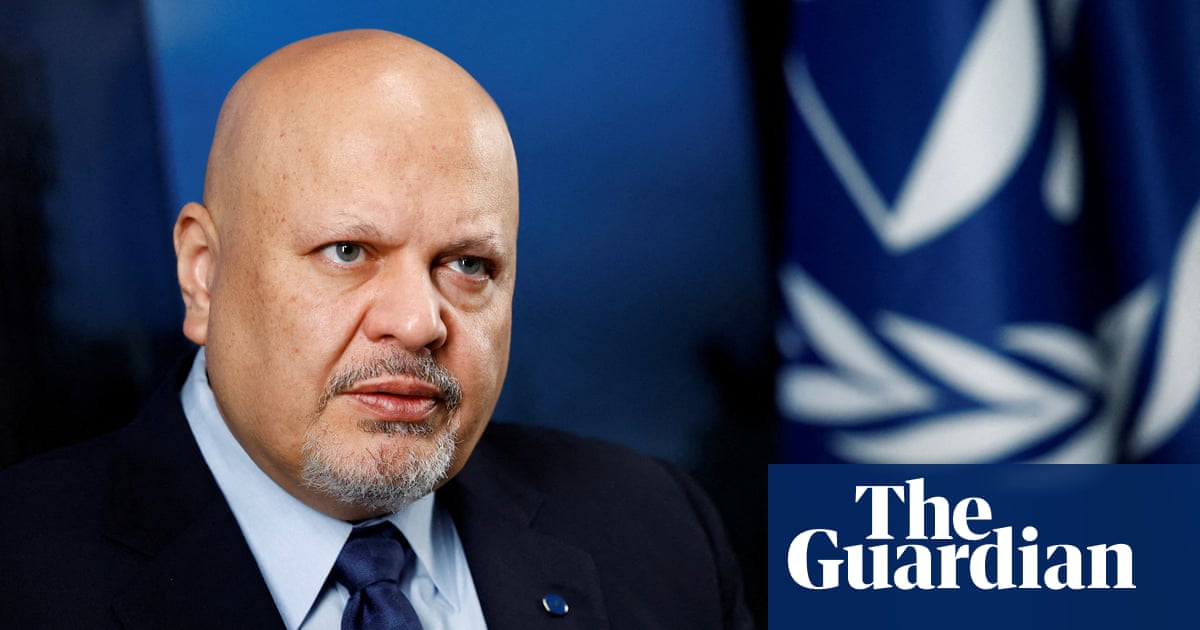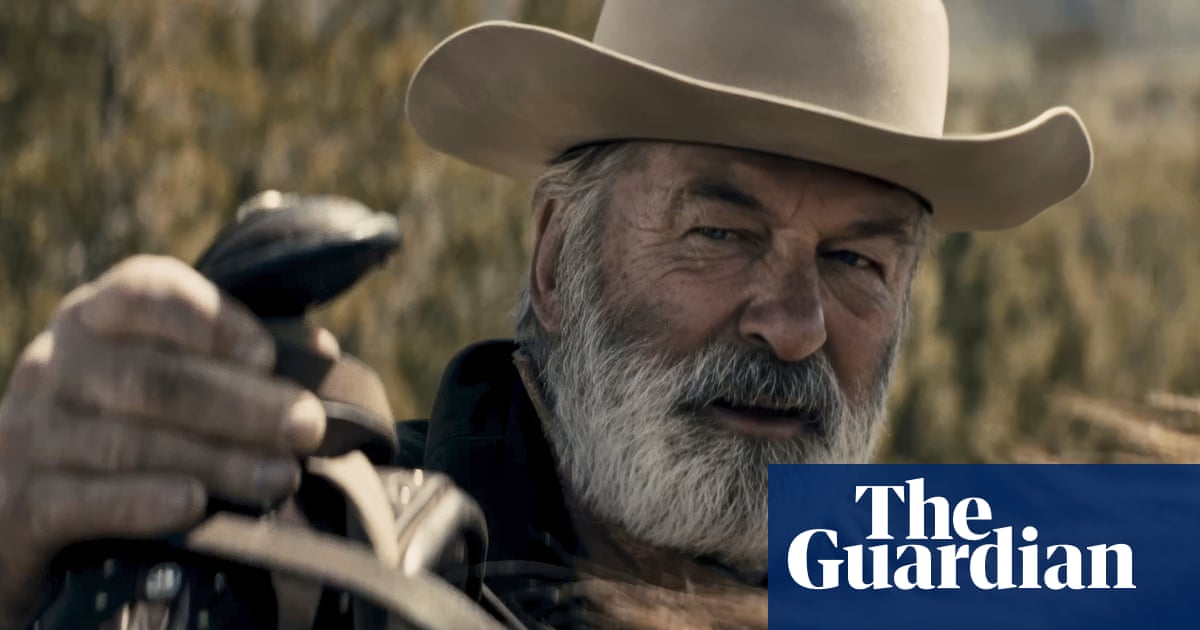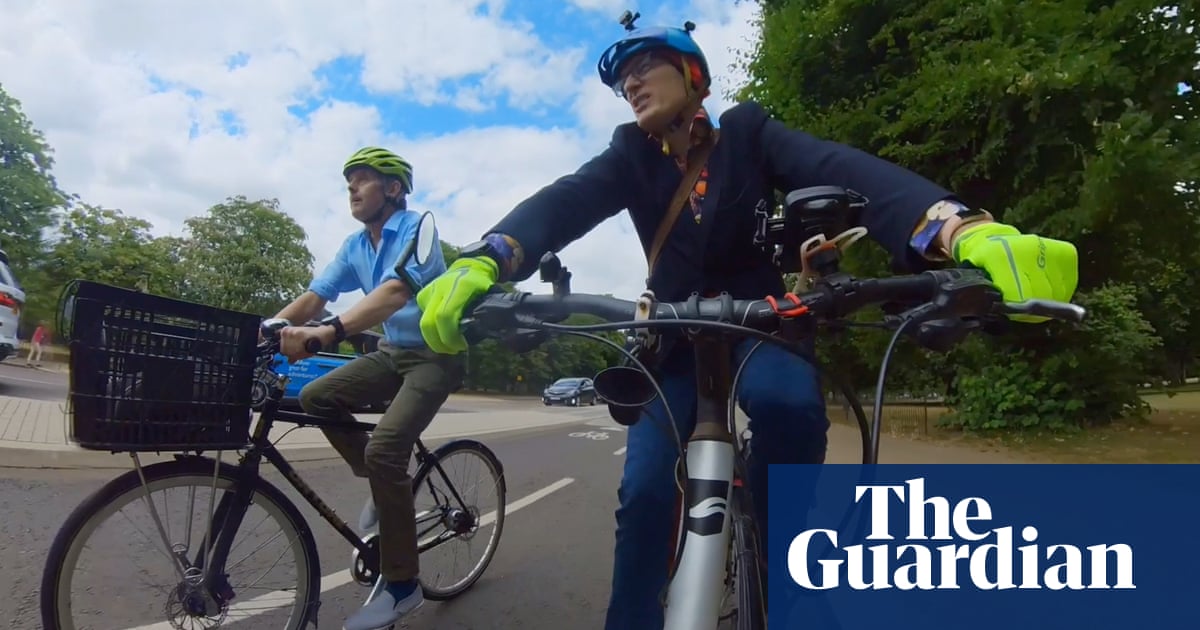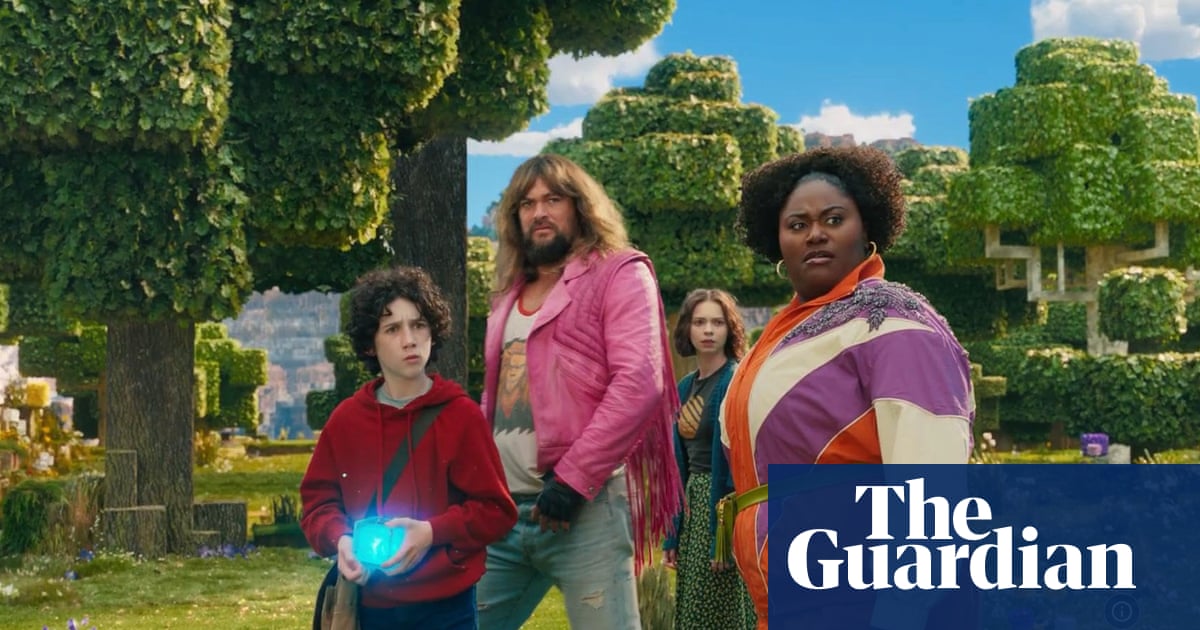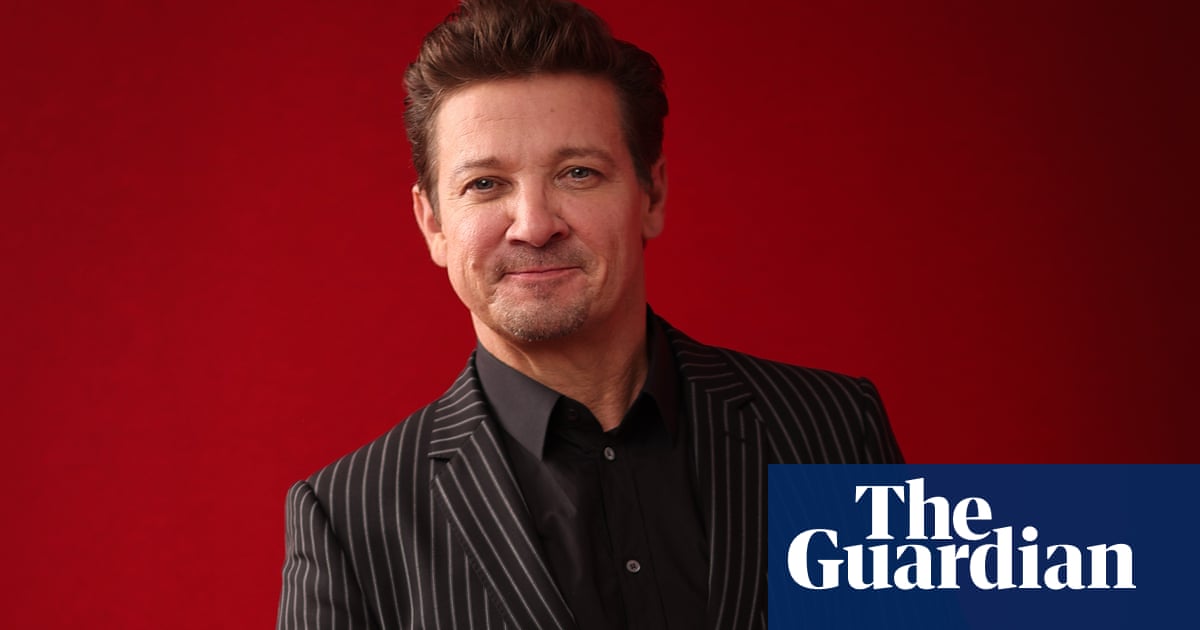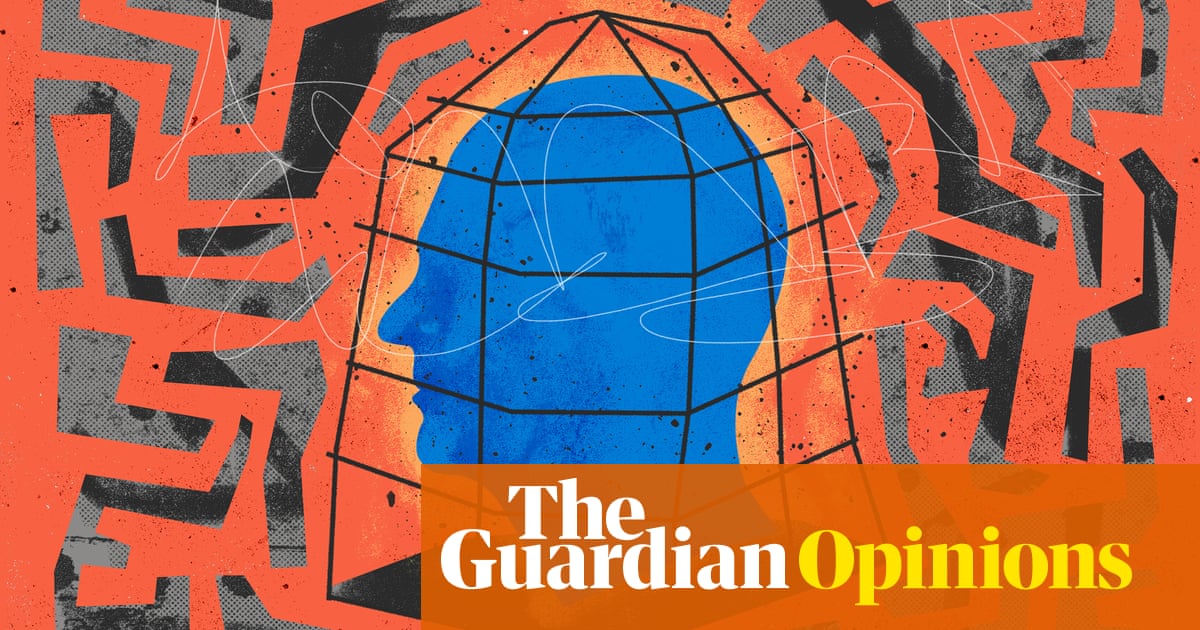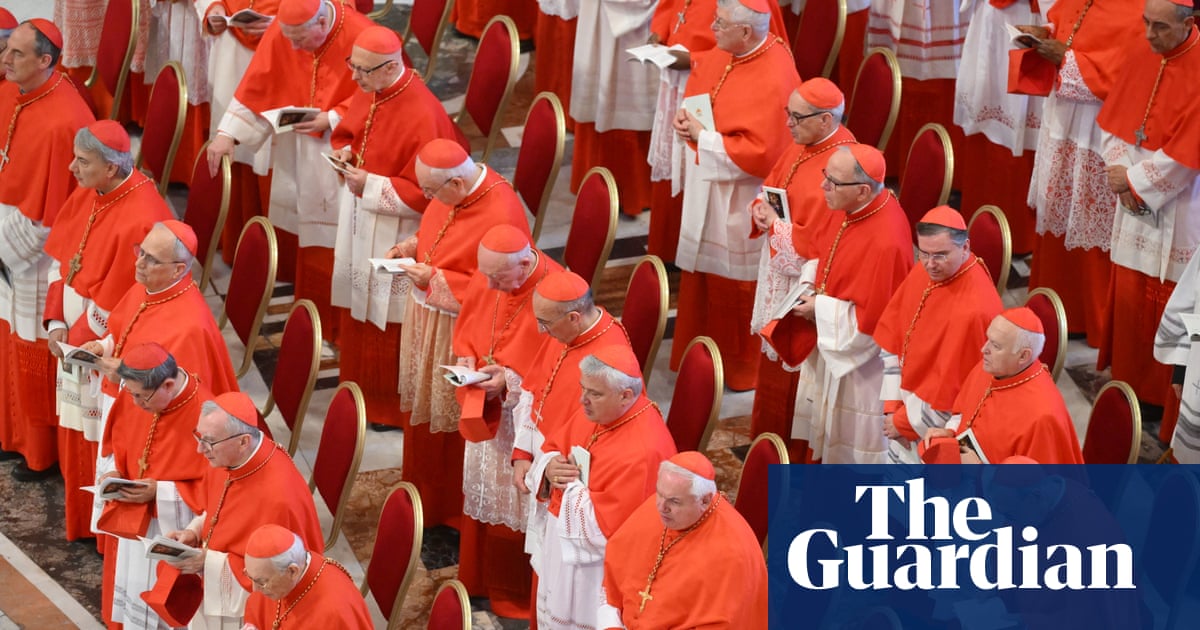From a line of trees the Ukrainian gun team prepared to fire. An artilleryman, Yurii, loaded a 152mm shell into an old Soviet-made howitzer. “We are ready!” Yurii said. He moved away from the barrel. “Fire!” the unit’s commander replied. There was an almighty boom.
White smoke filled the dugout, which was hidden beneath camouflage nets and cut pine branches. From the undergrowth, a chiffchaff resumed its spring warbling.
Nearby, in the north-east of Ukraine, Russian troops were trying to advance. In February 2022 they rolled in to the town of Dvorichna at the beginning of Vladimir Putin’s full-scale invasion. Six months later Ukraine’s armed forces pushed them out as part of a successful counteroffensive in the Kharkiv region. In January, the Russians came back and occupied Dvorichna for a second time.
The battle is taking place on either side of the picturesque Oskil River. Before the war, it was a place for recreation. Visitors would grill kebabs on its sandy beaches or go kayaking past a ridge of low chalk hills and a small national park. Now it is a zone of war, waged by drones, artillery and bombs. The Russians are trying to expand a slender bridgehead on the river’s right bank, near Dvorichna.
Their goal is to seize the R79 highway leading to the railway hub of Kupiansk, immediately to the south – and, after that, to encircle Kharkiv, Ukraine’s second city.
“Our task is to stop them from crossing the river. We do this by firing at their logistics in the rear,” explained Serhii, an artillery captain with the 1st or “Burevii” brigade of Ukraine’s national guard.
Over the past two months, the Russians had scaled back their attempt to bring reinforcements across the Oskil, Serhii said, because of heavy losses. As soon as Russian engineering teams build pontoon bridges his battery destroys them, he added. Video shows how three Russian armoured personnel carriers were hit. They sank. Others got stuck on the bank and were finished off by kamikaze drones.
The corpses of Russians soldiers lay around. “Sometimes they collect their dead. Sometimes not. Dogs eat their remains,” Yurii – the artilleryman – said matter-of-factly. He added: “A lot of Russians have been killed. We like this.”
Fighting takes place across a landscape of fields and broken copses, shredded by repeated shelling. Green foliage and blossom makes it easier for both sides to conceal their technical equipment.
Tactics have changed, Serhii said. The Russians had abandoned big military columns and were sending groups of infantry to the frontline on innovative forms of transport. These included armoured fighting vehicles – “three or four at a time” – motorcycles, quad bikes, golf buggies and civilian cars. “Often they take a position. We counterattack and get it back. It’s back and forth. There’s no significant advance,” he said.

Despite US attempts to negotiate an end to hostilities, the Kremlin is still trying to grab more territory. On Monday, Putin announced a ceasefire to coincide with Victory Day and a parade in Red Square celebrating the Soviet Union’s defeat in the second world war of Nazi Germany. Ukrainian commentators pointed out he had announced a similar truce over Easter only to massively violate it.
Last autumn Russia made military gains. Recently its progress has slowed. The main thrust is in the industrial eastern Donetsk region. In one city, Pokrovsk, Ukraine’s troops have stabilised the frontline. In another, Kostyantynivka, the Russians creep forward. Putin appears determined to seize the entire oblast, ignoring Donald Trump’s plea: “Vladimir, stop!”
The US president’s solution to the conflict includes giving Crimea and four eastern Ukrainian regions to Moscow. Ukrainian soldiers said this would create a disastrous geopolitical precedent. One observed: “It would legitimise the redistribution of territory by force and open a Pandora’s box around the world. Putin would go on to attack the Baltics, Finland or Moldova. It’s our country and state. It’s not up to Trump to decide where our borders lie.”
Russia’s latest assault has brought fresh misery to a population that had already experienced occupation. In 2022 Russian troops entered Dvorichna quickly, leaving it mostly intact. After intense recent fighting it has become a wasteland. According to survivors, Russian soldiers arrived just after new year. They opened fire on the handful of civilians who were still living in the ruined town and sheltering in basements.
One of them, Yevhen, said his neighbour Volodymyr was badly injured. There was no medicine. He died 10 days later of his wounds. Yevhen said he and two neighbours carried Volodymyr’s body up from a cellar but did not have time to dig a grave. They left him next to a woodshed. The trio waited until the soldiers disappeared and escaped, walking 4 miles to the Ukrainian-controlled village of Kutkivka.

Andriy Besedin, the mayor of Kupiansk, said the district was under continual fire. This month there have been 1,500 attacks from shells, mortars and airstrikes, he said. Five people have been killed and 35 injured. On Saturday a surgeon was wounded when a Russian drone targeted his car. The same day a bomb dropped by a plane killed an 88-year-old man and damaged several houses.
About 750 residents were still living on the left bank of the Oskil, right next to the frontline, Besedin said. The Russians were 1.5 miles away. “We have told our people to leave. They refuse. They have no gas, water, communications, hospital, or communal services,” he said. Besedin was optimistic Kupiansk could hang on, despite daily bombardment. “We believe in our armed forces,” he declared.
Other soldiers said they expected Moscow to launch a large summer offensive – based on a “gut feeling”, as one put it. This week, Russia’s defence ministry said it had fully recaptured the Kursk region, where Ukraine’s armed forces in August launched a mini-invasion. The Kremlin is expected to increase its attacks on the adjacent province and city of Sumy. A Russian missile recently hit Sumy’s centre, killing 35 people.
On Sunday Volodymyr Zelenskyy acknowledged the situation was difficult across the frontline. “Fighting continues. The occupier continues its offensive attempts,” the president wrote on social media. Global pressure on Russia to bring the war to an end was “not sufficient”, he added. Moscow had snubbed a proposal by Washington for a “full and comprehensive ceasefire”, which Kyiv accepted in March, he pointed out.
A drone operator with the first brigade, Alex, confirmed that the Russians were not letting up. “As soon as they see a weakness they take what they can get,” he said. “The dynamic we see now is that Russia’s advance is rather slow. But it is perceptible. If we don’t do something to counteract it they will inch forward. Our plan on a local level is to kill as many of them as possible until they have nobody to throw at us.”

Alex called the US’s peace efforts “pretty disappointing”. “It’s easy to put pressure on a Ukraine that’s on the back foot, rather than on Russia,” he remarked. Zelenskyy faced a predicament, he added. He could agree to Trump’s Moscow-friendly deal, knowing that Putin would soon “try again” with another attack on Ukraine. Or Zelenskyy could refuse, and see himself blamed by the Americans and Russian propaganda.
Nearby, other soldiers were customising drones in a workshop. They included surveillance models fitted with thermal cameras and mine-dropping “bombers”. Both sides are using fibre-optic drones, which are immune to electronic warfare counter-measures. “The war has changed. In 2014 there were no drones. In 2022 there were very few of them,” said one soldier Roman with the call-sign “Cedar”. “Now they are everywhere.”
People in the town of Shevchenkove said they didn’t want to live under Russian rule again. “They were here for six months. We had to ask permission to fetch water,” Luda Yermolenko said, sitting with her neighbours on a bench next to her cottage under a cherry tree. “Most civilians were OK, but they killed a mother and her son.” She added: “We hope our army can hold this place.”


.png) 3 hours ago
3
3 hours ago
3
